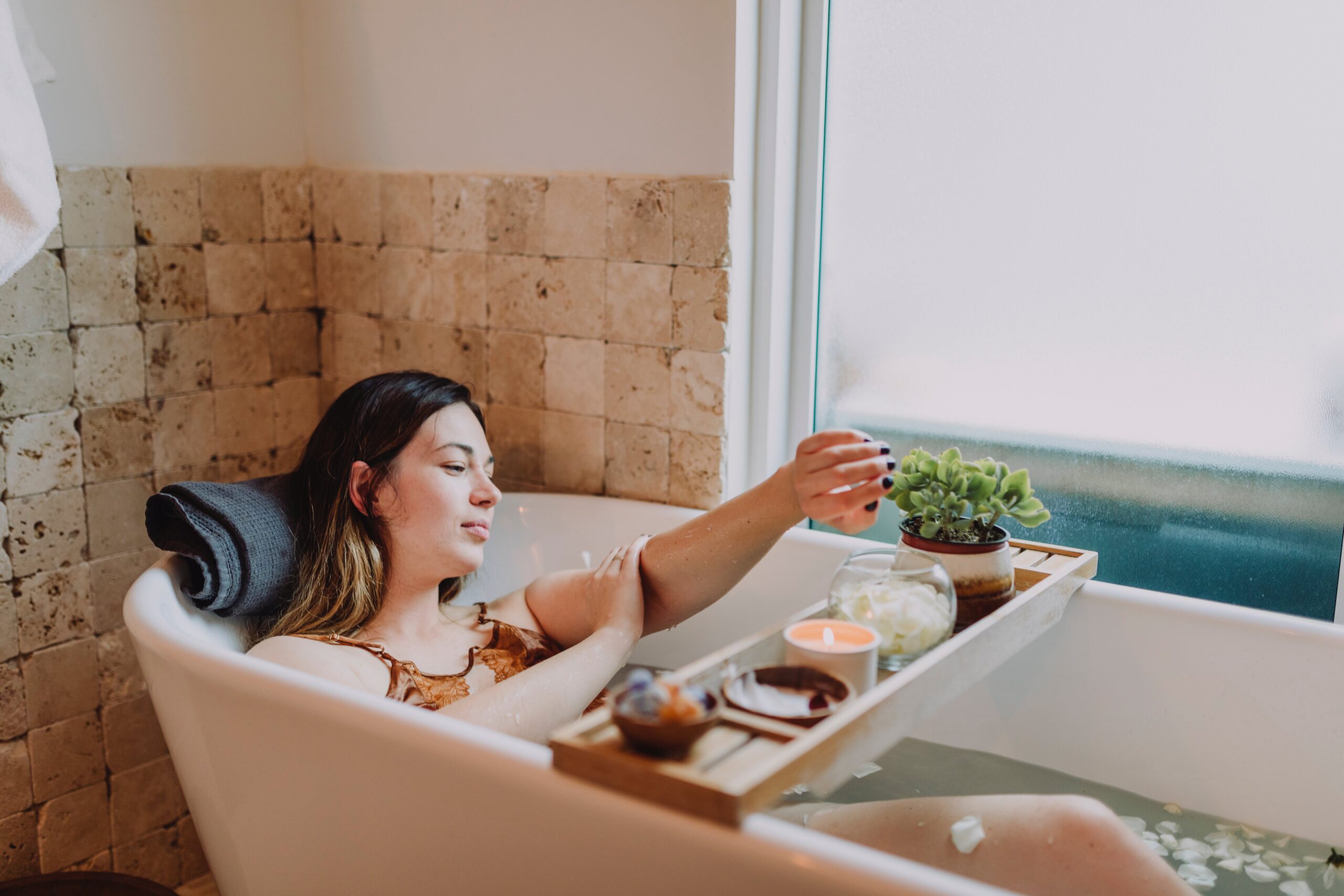Self massage techniques, a practice rooted in ancient traditions, involves applying pressure or manipulation to one’s body to alleviate tension, promote relaxation, and enhance overall well-being. In today’s fast-paced world, learning and incorporating self-massage techniques into daily routines can be transformative for both the body and mind.
Introduction to Self Massage
Self-massage, also known as self-myofascial release, refers to the application of pressure to specific points on the body to release muscle tension, improve circulation, and reduce stress. It’s a valuable practice accessible to anyone seeking relaxation and relief from everyday aches and tension.
Basic Techniques for Self Massage
A fundamental self-massage technique involves using the hands, fingers, or specialized tools to apply pressure to targeted areas. Simple techniques like kneading, circular motions, or applying gentle pressure can be effective in releasing tension knots in muscles.
Self Massage Tools and Accessories
In addition to manual techniques, numerous tools and accessories can aid in self-massage. Foam rollers, massage balls, handheld massagers, and percussion devices are among the popular tools designed to enhance self-massage experiences and reach deeper layers of muscles.
Benefits of Regular Self Massage
Regular self-massage offers a plethora of benefits beyond relaxation. It aids in stress reduction, enhances flexibility, improves blood circulation, accelerates muscle recovery after exercise, and can even alleviate chronic pain conditions when practiced consistently.
Specific Self Massage Techniques for Different Body Parts
Self massage techniques can be tailored to address specific areas of the body. Techniques for the neck, shoulders, back, legs, and feet differ to target muscles in these areas effectively, aiding in tension relief and promoting relaxation.
Tips for Effective Self Massage
Create a Conducive Environment: Set up a comfortable space for your self-massage practice. Choose a quiet area where you won’t be interrupted, and adjust the lighting and temperature to create a relaxing atmosphere. Consider playing soothing music or using aromatherapy diffusers for added relaxation.
Focus on Breathing: Incorporate mindful breathing techniques into your self-massage routine. Deep breathing helps relax the body and mind, enhancing the massage’s effectiveness. Inhale deeply through your nose, hold for a few seconds, and exhale slowly through your mouth, syncing your breath with the massage movements.
Use Proper Techniques: Learn and practice proper self-massage techniques. Apply gentle pressure initially and gradually increase as your muscles relax and respond to the massage. Utilize kneading, circular motions, or long strokes, depending on the area you are targeting. Pay attention to muscle knots or areas of tension and focus on releasing them.
Pay Attention to Discomfort or Pain: It’s essential to differentiate between discomfort due to muscle tension release and pain indicating potential injury. If you experience sharp or prolonged pain during self-massage, stop immediately and reassess your technique. Consult a healthcare professional if you have concerns about specific areas or persistent pain.
Start with Gentle Pressure: Begin your self-massage with light and gentle pressure, gradually increasing the intensity as your muscles begin to relax. Apply consistent and steady pressure without causing discomfort. Listen to your body’s signals and adjust the pressure accordingly to avoid straining muscles.
Warm-Up Exercises: Consider performing gentle warm-up exercises or stretches before self-massage to prepare your muscles for manipulation. This helps increase blood flow and flexibility, making it easier to target specific areas during the massage.
Hydrate and Rest: Drink water before and after your self-massage session to stay hydrated. Hydration aids in muscle recovery and enhances the benefits of massage. Additionally, allow your body time to rest and recover after the session, as this helps the muscles assimilate the benefits of the massage.
Incorporating Self Massage into Daily Routine
Integrating self-massage into a daily routine doesn’t require much time. Allocating a few minutes each day for self-massage, perhaps in the morning or before bedtime, can yield significant benefits. Consistency is key to reaping the full rewards of this practice.
Conclusion
Self-massage, a holistic and accessible approach to well-being, offers a range of benefits encompassing relaxation, stress reduction, improved circulation, and muscle recovery. Incorporating these techniques into daily routines can significantly enhance overall health and quality of life.
FAQs about Self Massage
- How often should I perform self-massage?Aim for regularity, ideally daily or a few times a week, to experience consistent benefits.
- Are there any specific self-massage techniques for headaches?Yes, gentle circular motions or pressure on temples and the base of the skull can alleviate headaches.
- Can self-massage help with muscle soreness after workouts?Absolutely, self-massage aids in muscle recovery, reducing soreness and promoting quicker healing.
- Should I use massage oils or lotions during self-massage?Using massage oils or lotions can enhance the massage experience, but it’s not mandatory.
- Can self-massage help with stress and anxiety?Yes, self-massage is an excellent way to relax the body and mind, reducing stress and anxiety levels.

Leave a Reply